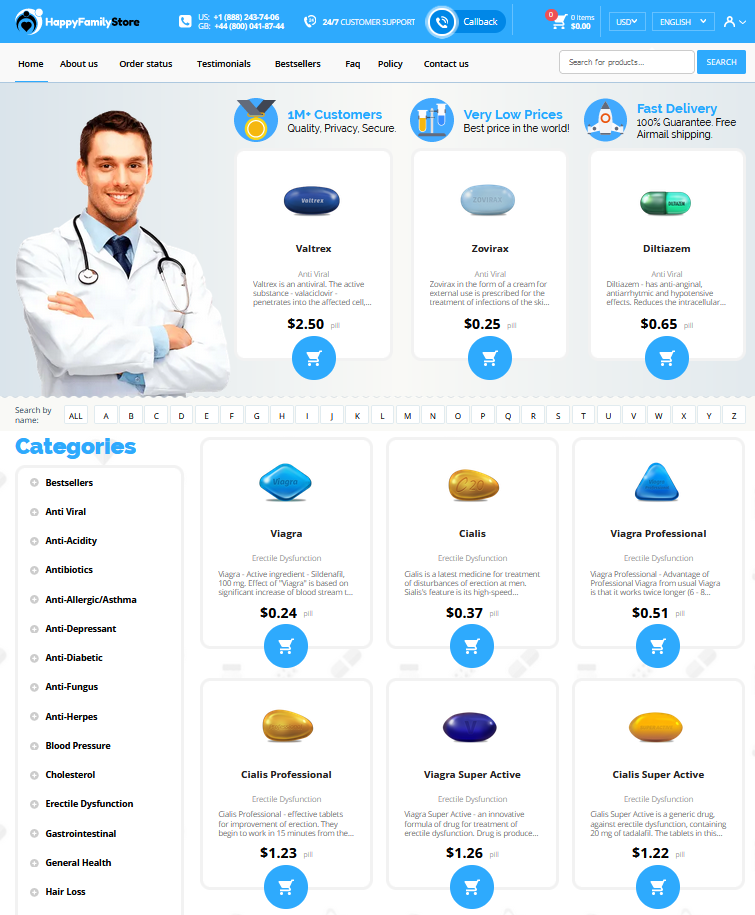 Modafinil Vs. Caffeine: Wakefulness Battle
Modafinil Vs. Caffeine: Wakefulness Battle
Origins and Historical Uses of Caffeine and Modafinil
Echoes of ancient history resonate as we compare the world's beloved elixirs of wakefulness. Caffeine, derived from plants like coffee beans and tea leaves, has been consumed since antiquity. As civilizations evolved, it became a cornerstone of social rituals. In contrast, Modafinil emerges from modern scientific labs—a prescription wonder initially developed for narcolepsy. Generics of this compound now circulate globally, yet their script origin remains essential. These stimulants chart unique historical paths, but both remain integral, offering instant focus across diverse cultures.
| Substance | Origin | Historical Use |
|---|---|---|
| Caffeine | Natural sources (coffee, tea) | Social rituals, alertness |
| Modafinil | Synthetic, lab-developed | Narcolepsy treatment, focus enhancement |
Chemical Composition: How They Work in the Brain

Modafinil and caffeine both stimulate the brain, yet they operate through distinct mechanisms. Modafinil primarily targets the hypothalamus and orexin neurons, crucial in keeping one awake. It also influences dopamine—commonly labeled as a “happy pill” neurochemical. By increasing dopamine levels, modafinil enhances mood and vigilance without the classic "hangover" side effects of excessive caffeine consumption. Caffeine, found easily on the counter in cafes worldwide, takes a different approach. It blocks adenosine receptors, delaying fatigue and promoting temporary alertness. Though simpler in its action, caffeine's effects wane more quickly, often leading to the afternoon slump. Modafinil, as a more complex compound medication, boasts sustained effects, offering prolonged periods of focus and wakefulness ideal for demanding tasks, without frequent peaks and valleys.
Effects on Focus, Alertness, and Productivity
For those seeking a significant boost in alertness, modafinil has carved a niche as a powerful comp. Its prescribed usage, often following careful Sig, offers users a sharper edge in cognitive performance. Unlike caffeine—a staple for quick wakefulness—modafinil's effects are both broader and longer-lasting. With a single daily dose, individuals report enhanced sustained attention and improved concentration without the immediate highs and lows associated with caffeine. This can translate to unparalleled productivity throughout the day, offering an advantage in demanding work environments. However, the choice between reaching for a coffee mug or filling a script for modafinil often depends on individual needs for maintaining focus and energy.
Comparing Side Effects: Short-term and Long-term

In the world of wakefulness agents, modafinil can be considered quite the "Elixir," known for its stimulating properties without the jitteriness often linked with caffeine. Short-term, caffeine may cause jitters and insomnia, while modafinil users might experience mild headaches or nausea. Both substances exhibit "Hangover" effects if consumed excessively and suddenly withdrawn. Long-term caffeine use can contribute to sleep disorders, while modafinil, when used responsibly under Sig, appears to have a favorable safety profile, although comprehensive long-term effects are still under study.
Legalities and Accessibility: a Global Perspective
Navigating through the maze of legalities surrounding modafinil and caffeine reveals intriguing disparities. Modafinil, renowned for its wakefulness-boosting potency, often mandates a script, while caffeine enjoys the freedom of being available on the counter worldwide. In nations like the U.S., modafinil is classified as a controlled substance, necessitating a CII - C V label. This script system ensures tighter control and dispensation regulations across pharmacies. Meanwhile, caffeine's ubiquitous reach is evident in variations from vending machines in Japan to coffee "drive-thrus" in the U.S., underscoring its broad accessibility.
| Region | Modafinil Status | Caffeine Status | |----------------|----------------------------------|-------------------------| | United States | CII - Requires script | OTC - Easily accessible | | European Union | Prescription Required | OTC | | Japan | Strict script regulations | Widely available | | Australia | Prescription with comp guidelines| OTC, varied products |
User dynamics further complicate access; those without a modafinil script might venture into the informal "pharm party" scene, risking legal repercussions. Global differences highlight that while both compounds enhance alertness, only one encounters stringent access pathways, reflecting diverse societal norms and regulatory frameworks.
User Experiences: Testimonials and Case Studies
In a world where busy schedules demand constant alertness, users often compare modafinil and caffeine through personal accounts. One user, a college student, described modafinil as a "miracle elixir" that transformed his all-nighters with improved concentration, without the notorious jitteriness of caffeine. He emphasized the control it offered over his focus during critical study sessions, echoing an experience that many others shared.
Conversely, a business professional leaned toward caffeine, perhaps aided by the convenience of an office "coffee comp." Her morning espresso routine was not just about wakefulness; it also provided a ritualistic comfort absent in pill form. She noted, however, the occasional caffeine "hangover" and the struggle with timing each dose to maintain a steady energy flow through back-to-back meetings.
Among varied experiences, accessibility plays a notable role. One tech entrepreneur detailed a challenge in acquiring modafinil without a prescription, contrasting it with the easy "drive-thru" access to caffeine products. This struggle reflects broader issues of availability and legality surrounding these substances, shaping the choice between caffeine's immediacy and the structured benefits reported by modafinil users.

